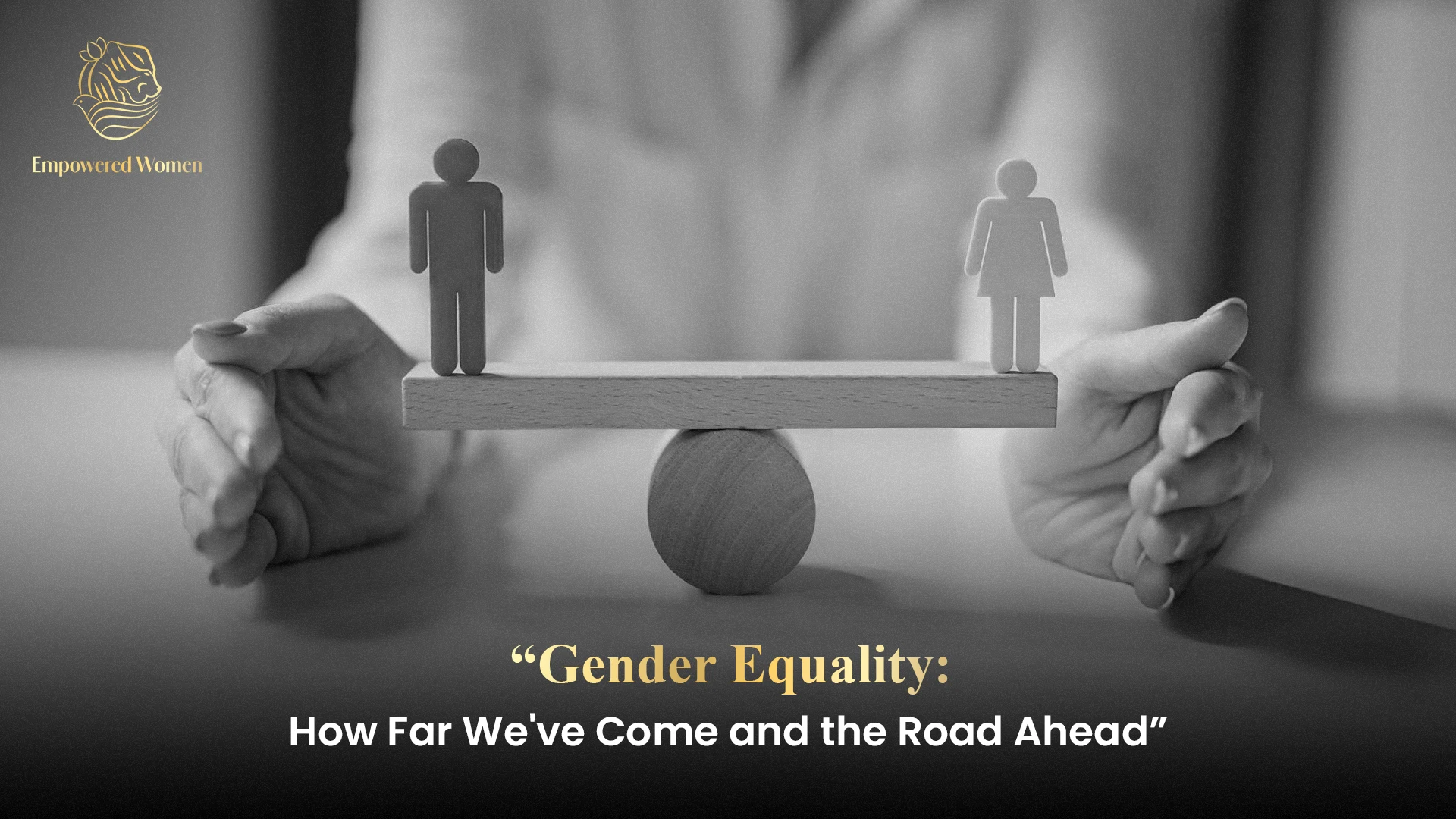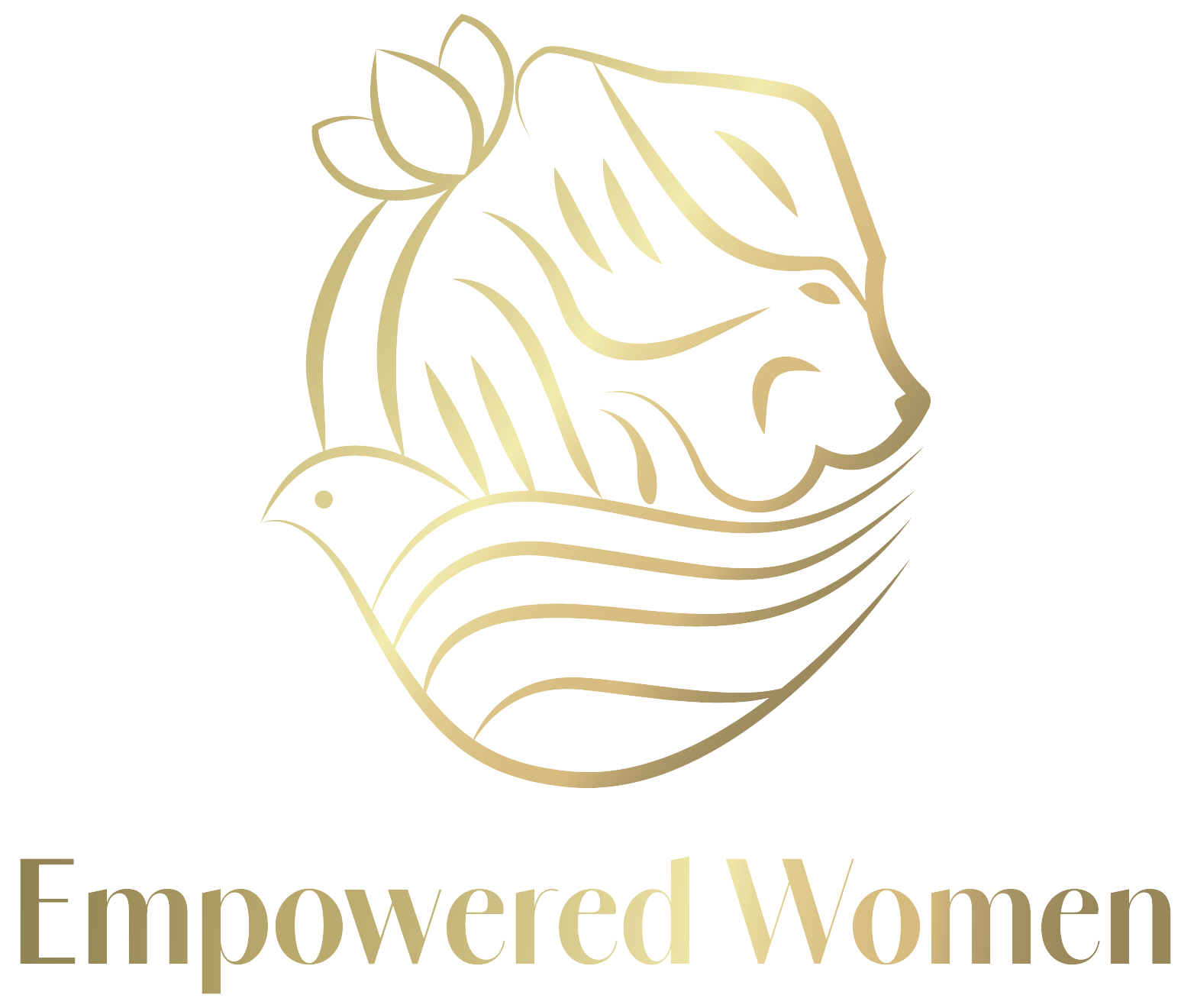Introduction
Gender equality is more than just a buzzword; it’s a movement that has shaped societies for generations. While progress has been significant—women now have the right to vote, work, and hold leadership positions in ways that were once unimaginable—inequality still exists in various forms. From corporate boardrooms to private households, the struggle for true gender parity continues. So, how far have we really come, and what challenges lie ahead?
Milestones in Gender Equality
1. The Right to Vote and Political Representation
The fight for women’s suffrage was a pivotal moment in history. From the initial voting rights granted in the late 19th century to women currently serving as prime ministers and presidents, the political landscape has transformed. However, women still make up less than 30% of parliamentarians worldwide, underscoring the need for greater representation.
2. Breaking Barriers in Education
Education is crucial for empowerment. Decades ago, girls were frequently excluded from schools, but global efforts have changed this narrative. Today, more girls than ever are completing primary and secondary education. Nevertheless, cultural and economic barriers still hinder millions of young women from pursuing higher education, especially in STEM fields, where female representation remains low.
3. Workplace Rights and Economic Empowerment
Equal pay for equal work is a principle that should be fundamental, yet the gender pay gap continues to persist. Women globally earn an average of 20% less than men. While laws against gender discrimination exist, societal norms and biases still create obstacles for women in leadership roles. Additionally, unpaid domestic labor disproportionately affects women, limiting their economic independence.
Real-Life Challenges and the Road Ahead
1. The Wage Gap and Workplace Bias
Consider the story of Priya, a software engineer at a leading tech firm. Despite her qualifications, she discovered she was earning significantly less than her male colleagues. When she raised the issue, she was told that men had “families to support.” Such justifications perpetuate economic disparity. Closing the gap requires salary transparency, policy reforms, and advocacy for pay equity.
2. Gender-Based Violence: A Silent Epidemic
Gender-based violence (GBV) is one of the most pressing human rights issues today. Women often face violence in environments that should be safe, ranging from domestic abuse to workplace harassment. Survivors, like Maria, who spoke out against her abuser, frequently encounter societal backlash instead of support. Stronger laws, education on consent, and cultural shifts are essential for addressing GBV.
3. Representation and Leadership: More Than a Token Presence
Although more women occupy leadership roles today than ever before, they remain vastly underrepresented in executive positions, politics, and media. True change will only occur when gender diversity is viewed not merely as a checkbox exercise but as a necessary component of a balanced and fair society.
Releted Post : ek-aurat-not-a-hero-not-a-zero
A Call to Action
Every individual has a role to play in achieving gender equality. Whether it’s advocating for workplace inclusivity, supporting women-led businesses, or challenging stereotypes in everyday conversations, change begins with us. The journey ahead may be long, but through collective effort, we can create a world where opportunities are genuinely equal for all.
Conclusion
Gender equality is not a destination it is an ongoing journey. While we have made significant strides, challenges remain that require continuous effort. By learning from past struggles and moving forward with determination, we can pave the way for future generations to live in a world that values equality, fairness, and respect for everyone.




